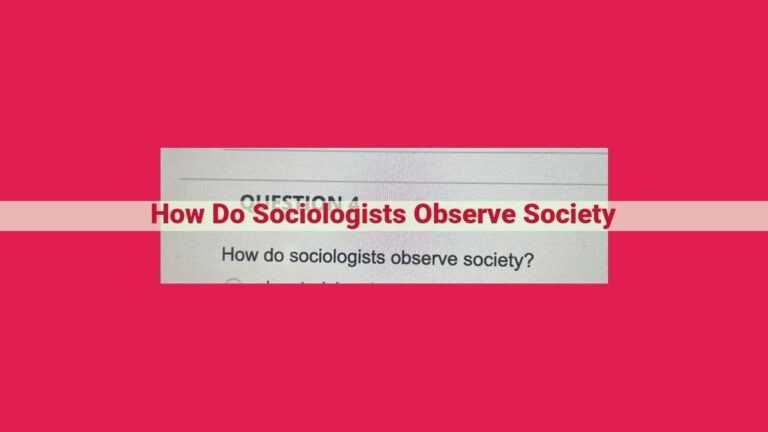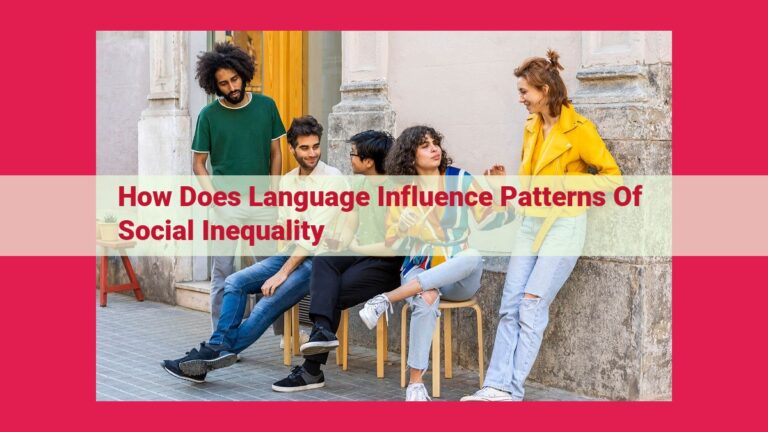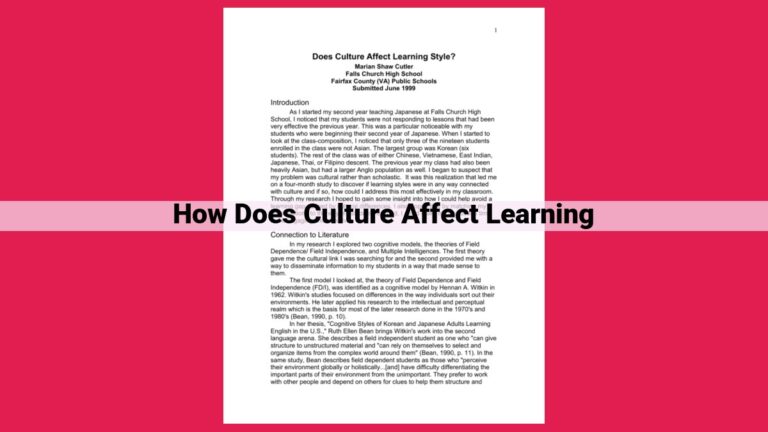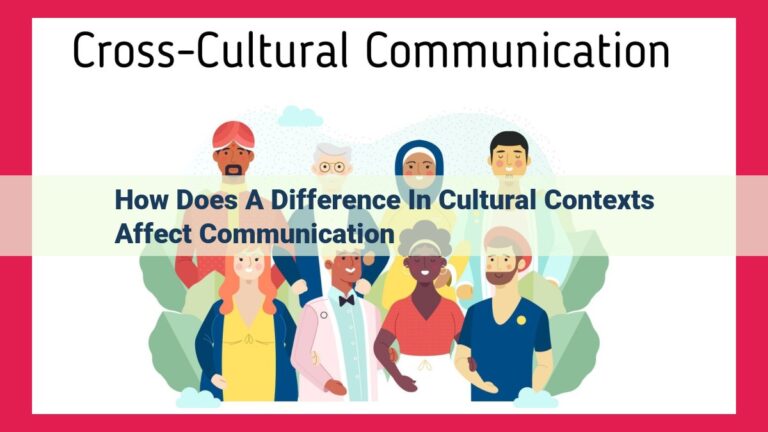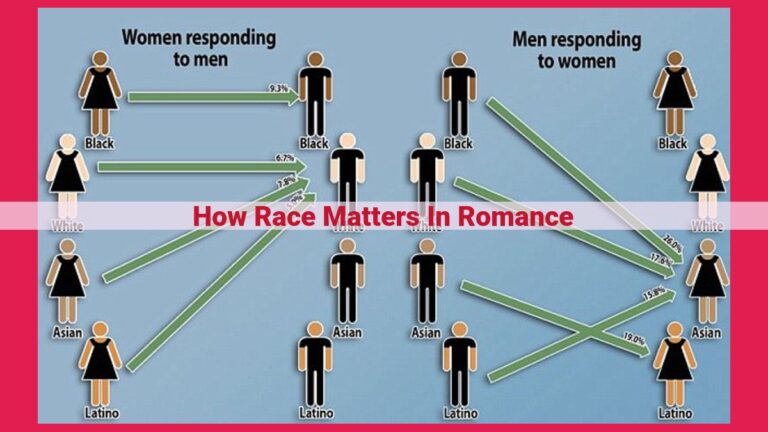The Impact Of Advertising On Cultural Values: Leveraging Symbols, Stereotypes, And Slogans
An advertisement transmits cultural values by leveraging symbols, icons, stereotypes, and slogans. Symbols, like the American flag, represent shared beliefs. Stereotypes, though often inaccurate, reflect societal attitudes towards groups. Icons, like the Apple logo, evoke strong associations with cultural values. Slogans, such as “Just Do It,” encapsulate a brand’s values. By employing these elements, advertisements shape and reinforce the shared beliefs, attitudes, and behaviors that define a society’s cultural fabric.
Cultural Value: The Cornerstone of Shared Beliefs
Culture is the very fabric that weaves a society together. It encompasses the shared beliefs, attitudes, and behaviors that define a group of people’s collective identity. Cultural values serve as a foundation upon which a society thrives, guiding its members in their daily lives and shaping their interactions with one another.
Beliefs, the bedrock of any culture, are the fundamental convictions that people hold to be true. They shape our perceptions of the world and influence our values, attitudes, and behaviors. Attitudes are the predispositions we have towards people, objects, or ideas, while behaviors are the observable actions we take based on our beliefs and attitudes.
Together, these elements form the cultural tapestry that makes each society unique. Understanding cultural values is crucial for fostering empathy, promoting inclusion, and navigating the complexities of a diverse world. It allows us to appreciate the richness and diversity of human experience and to build bridges across cultural divides.
Stereotypes: Overgeneralizing Groups
In the labyrinth of human interactions, we often rely on stereotypes, overgeneralized and often inaccurate beliefs about a group of people. These preconceived notions, like hazy filters, shape our perceptions of others, potentially distorting our understanding and fostering bias.
Stereotypes arise from our natural tendency to categorize and simplify information. When we encounter a person who shares certain characteristics with a group we know, we may unconsciously infer that they possess all the traits associated with that group. However, this generalization ignores the immense diversity and individuality within any population.
Stereotypes can stem from various sources, including prejudices, negative and often irrational attitudes towards a group. While stereotypes may provide a convenient mental shortcut, they also perpetuate damaging myths and hinder our ability to interact with others on an equal footing.
To combat stereotypes, it is crucial to challenge our assumptions and engage in critical thinking. By seeking out diverse experiences and perspectives, we can broaden our understanding of the world and break down the barriers created by overgeneralizations.
Remember, every individual is a mosaic of unique experiences, beliefs, and aspirations. Embracing this complexity fosters empathy, understanding, and a more just and inclusive society.
Symbols: Representations of Ideas
In the tapestry of human experience, symbols weave intricate threads, connecting us to ideas and concepts that transcend our everyday reality. Symbols are objects, images, or gestures that embody a deeper meaning, becoming representations of abstract thoughts, emotions, and values.
Understanding the Nature of Symbols:
Symbols are not mere arbitrary creations; they often emerge from cultural beliefs and experiences. They embody values, aspirations, and the shared heritage of a community. For instance, the dove has long been a symbol of peace, while the lion represents strength and courage.
Related Concepts: Representation and Meaning
The power of symbols lies in their ability to represent complex ideas in a simple and evocative manner. They act as cognitive shortcuts, allowing us to communicate and understand abstract concepts more efficiently. The meaning of symbols is often contextual, shaped by cultural and historical factors.
Examples of Symbols in Art and Literature:
Throughout history, symbols have played a vital role in art and literature. Painters have used them to convey deep emotions and religious themes, while writers have employed them to create vivid imagery and explore philosophical concepts. For example, the Mona Lisa’s smile has become an iconic symbol of mystery and allure, while the apple in the biblical story of Adam and Eve represents the forbidden fruit of knowledge.
Symbols are powerful tools that have the ability to crystallize ideas, evoke emotions, and shape our understanding of the world. They serve as bridges between the tangible and the abstract, connecting us to the shared values and beliefs of our culture. By delving into the world of symbols, we gain a deeper appreciation for the richness and complexity of human thought and experience.
Icons: The Power of Iconic Images
Icons, those universally recognizable symbols, have the ability to evoke powerful emotions and convey profound messages with a single glance. Embedded within our collective consciousness, iconic images transcend cultural barriers and become the flagships of our shared experiences.
Icons are not mere representations; they are emblems of identity and conduits of meaning. They embody ideas, values, and aspirations, distilling complex concepts into unforgettable visual shorthand.
From the Statue of Liberty’s beacon of hope to the Golden Arches signaling global reach, icons have the power to ignite recognition and foster familiarity. Their familiarity transcends generations, creating a deep bond between viewer and image.
The “I Heart NY” logo, with its bold simplicity, has become an indelible symbol of a city’s spirit. The Nike swoosh, inscribed with the promise of athleticism, has propelled the brand to iconic status.
Icons are the cornerstones of our visual vocabulary, shaping our perception of the world and communicating messages in an instant. They are not simply images; they are mirrors of our collective memory, lighthouses that guide our understanding, and gateways to our shared cultural legacy.
Slogans: Values Condensed into Concise Phrases
In the realm of branding, slogans hold immense sway. These short, memorable phrases encapsulate the core values of a brand or product, leaving an indelible mark on the minds of consumers. They serve as potent distillations of a company’s mission and aspirations, succinctly conveying its essence and resonating with its target audience.
Slogans are not mere embellishments; they are strategic tools that play a pivotal role in differentiating a brand from its competitors. They encapsulate the company’s unique selling proposition and provide a compelling reason for consumers to choose their products or services over those of others.
Moreover, slogans serve as a constant reminder of the brand’s values. They are ubiquitous in marketing campaigns, appearing on everything from billboards to social media posts. This omnipresence reinforces the brand’s message and ensures that it remains top-of-mind for consumers.
Creating an effective slogan is an art form that requires creativity, precision, and a deep understanding of the brand’s target audience. It must be concise yet impactful, capturing the essence of the brand in a memorable way. It should also be relevant to the brand’s products or services and resonate with the values and aspirations of its customers.
Examples of iconic slogans abound: Nike’s “Just Do It” encapsulates the brand’s spirit of athleticism and determination, while McDonald’s “I’m Lovin’ It” evokes feelings of joy and satisfaction associated with its food. These slogans have become synonymous with the brands they represent, solidifying their place in the hearts and minds of consumers.
In conclusion, slogans are not just catchy phrases; they are powerful tools that convey a brand’s core values and differentiate it from the competition. By creating effective slogans, companies can strengthen their brand identity, reinforce their mission, and build a lasting connection with their target audience.
Cultural Influences and Their Expressions
Cultural values shape the fabric of societies, forming the shared beliefs, attitudes, and behaviors that guide our daily lives. These values influence our perception of the world, from the way we interact with others to the products we consume.
Stereotypes: Unveiling Overgeneralizations
Stereotypes are simplified and often inaccurate beliefs about a group of people. They overgeneralize individual characteristics, creating a distorted image of a particular群体. While some stereotypes may have a basis in reality, they often fail to account for the unique experiences and perspectives of each individual.
Symbols: Embodying Meanings
In the realm of cultural expression, symbols play a pivotal role. They are objects or images that represent an idea or concept, often embodying cultural values and beliefs. Flags, religious icons, and corporate logos are all examples of symbols that convey powerful messages without words.
Icons: Imprinting Cultural Significance
Some symbols become so deeply ingrained in our collective consciousness that they evolve into icons. These widely recognizable and highly symbolic images transcend cultural boundaries, evoking instant recognition and profound cultural significance. The Mona Lisa, the Eiffel Tower, and the Nike swoosh are all examples of iconic images that have become synonymous with their respective cultures.
Slogans: Values in a Phrase
Slogans are concise, memorable phrases that often encapsulate the values and mission of a brand or organization. They distill complex ideas into powerful catchphrases that resonate with the target audience. As the backbone of advertising campaigns, slogans play a crucial role in shaping public perception and brand identity.
Jing: Capturing the Essence of Chinese Culture
In the realm of Chinese culture, the concept of jing holds great significance. Jing refers to the essence, vitality, or spirit that animates all things in the universe. It encompasses the life force, the beauty of nature, and the divine power that permeates the world. Jing is a central concept in Chinese philosophy, medicine, and art, influencing everything from daily life to spiritual practices.
